Direct Booking?

Direct Booking?
Trekking Mount Kilimanjaro is an adventure that requires thorough preparation, not just physically and mentally, but also in terms of gear. The mountain’s diverse climate zones, from lush forests to arctic-like summit conditions, demand a well-thought-out packing list.
Proper gear is crucial for your comfort, safety, and overall experience. With the right equipment, you can focus on the breathtaking scenery and the journey rather than worrying about the cold, wet, or heat. Let’s explore the essential items you need for a successful Kilimanjaro adventure with Kilimanjaro Booking.
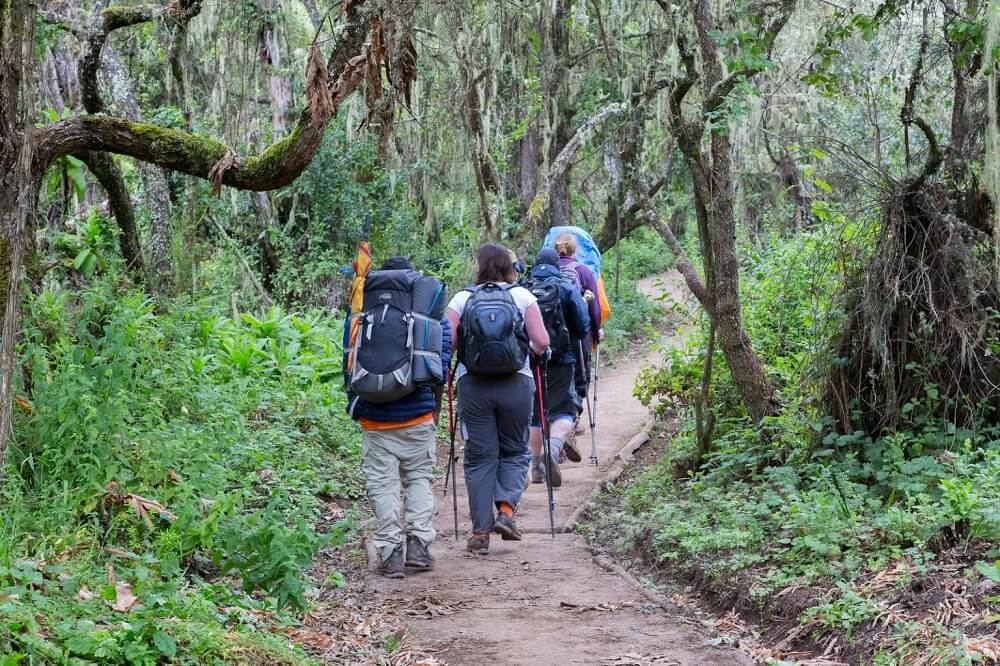
When preparing for a Kilimanjaro trek, layering is key. The mountain’s weather can range from warm and humid at the base to freezing cold at the summit. Here’s a breakdown of the essential clothing items you’ll need:
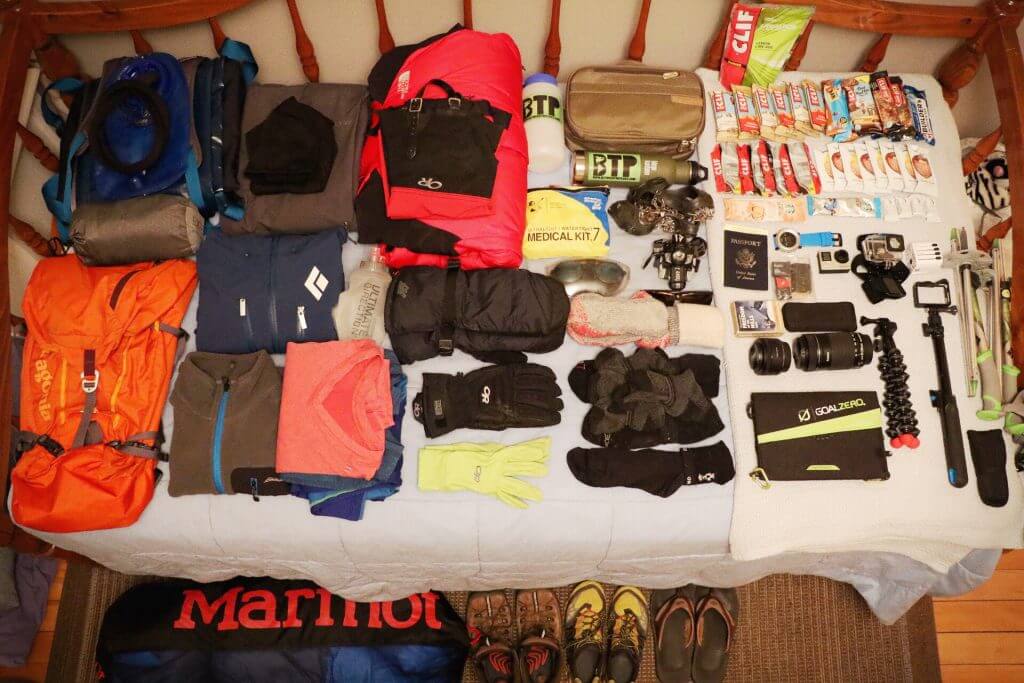
The first layer of clothing should be moisture-wicking to keep sweat away from the skin. This is crucial because moisture can lead to chilling, especially in cooler conditions. Synthetic materials like polyester and merino wool are ideal choices, as they provide excellent breathability and temperature regulation.
Avoid cotton, as it absorbs moisture and dries quite slowly. A mix of short and long-sleeved base layers is definitely great, allowing flexibility in response to temperature changes. Brands like Icebreaker and Smartwool offer high-quality options that are both comfortable and durable.
As you ascend on higher altitudes, it is typical for temperatures to drop dramatically, making insulating layers vital. A good fleece jacket provides lightweight warmth and breathability, perfect for layering. For colder conditions, a down or synthetic jacket is also necessary. Down jackets, like those from Patagonia or The North Face, offer superb warmth-to-weight ratios but need to be kept dry. Synthetic alternatives, such as PrimaLoft, maintain insulation even when damp, making them a reliable choice. These layers trap body heat, essential during the cold summit night.
Protection from wind, rain, and snow is very important, making a high-quality waterproof jacket indispensable. Look for jackets with a Gore-Tex or similar membrane, ensuring they are both waterproof and breathable. A good example is the Arc’teryx Beta AR, known for its durability and comfort. Pair this with waterproof pants to shield against the elements. Full-length zippers on the pants are a convenient feature, allowing easy adjustments over boots. Remember, the outer layers are your first line of defense against Kilimanjaro’s unpredictable weather.
As you ascend on higher altitudes, it is typical for temperatures to drop dramatically, making insulating layers vital. A good fleece jacket provides lightweight warmth and breathability, perfect for layering. For colder conditions, a down or synthetic jacket is also necessary. Down jackets, like those from Patagonia or The North Face, offer superb warmth-to-weight ratios but need to be kept dry. Synthetic alternatives, such as PrimaLoft, maintain insulation even when damp, making them a reliable choice. These layers trap body heat, essential during the cold summit night.
Cold hands can be extremely uncomfortable, especially at higher altitudes. Start with lightweight liner gloves made of synthetic or merino wool for a base layer. These provide basic warmth and moisture management. Over them, wear insulated gloves with waterproofing, ensuring warmth and protection against chilly winds and moisture. Brands like Black Diamond or Outdoor Research offer a good balance of warmth, dexterity, and durability. Sparing a backup pair is advisable, as wet gloves can quickly lead to cold hands.
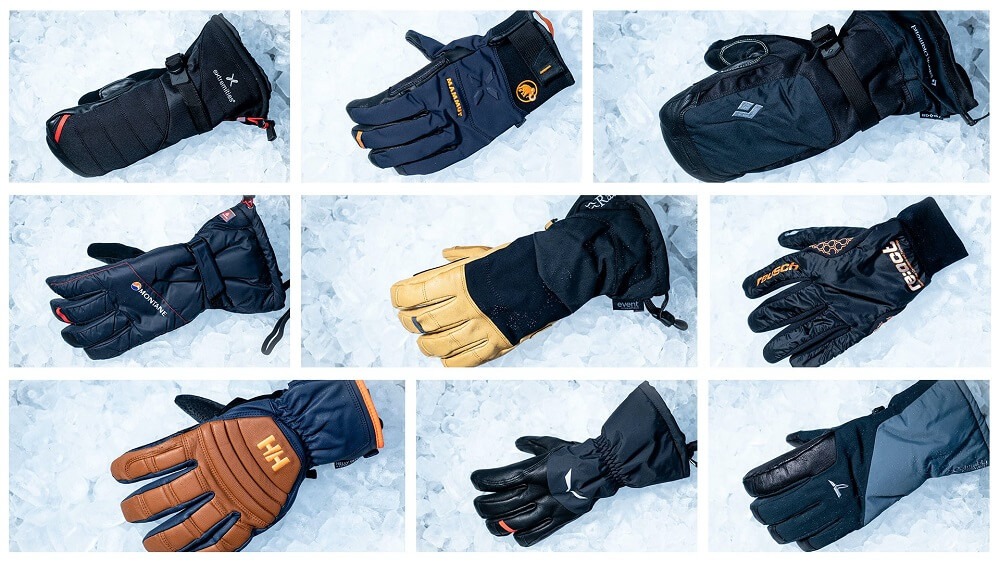
For legwear, start with lightweight, quick-drying trekking pants for the lower slopes. Convertible pants with zip-off legs are convenient, allowing you to adapt to changing temperatures at different terrains. As you ascend, insulated pants or thermal leggings become necessary to maintain warmth. Ensure that all legwear is breathable and allows freedom of movement. Prana Stretch Zion and Columbia Silver Ridge are popular options for trekking pants, while brands like Patagonia offer excellent insulated alternatives.
Proper footwear is vital for a successful trek. Hiking boots are your most important gear, providing support, traction, and protection. Look for boots with good ankle support, a sturdy sole, and waterproof materials. These features are essential to prevent sprains or twists, especially on uneven terrain. Look for boots that provide firm support without restricting movement. Brands like La Sportiva, Zamberlan, and Scarpa offer reliable options. Ensure your boots are broken in well before the trek to avoid blisters and discomfort. It’s advisable to wear your boots on several hikes to ensure they are comfortable and supportive.
In addition to boots, consider bringing trekking shoes or sneakers for camp wear. These can provide comfort and relief after a long day of hiking. Trekking socks are equally important; they should be made of wool or synthetic materials that wick moisture and prevent blisters. Pack multiple pairs and consider layering a thin liner sock under a thicker pair for added comfort.
Your daypack is your mobile storage unit, carrying all essentials throughout the trek. A 20-30L daypack is usually sufficient, and ideal for carrying essential items like water, snacks, a camera, and additional layers. It should have a comfortable fit, padded shoulder straps, a hip belt for weight distribution, and multiple pockets for organization. Look for a hydration system compartment, allowing you to stay hydrated without removing your pack. Features like a rain cover, multiple compartments, and adjustable straps enhance functionality and comfort. It’s important that the daypack is comfortable and fits well, as you’ll be wearing it for hours each day.
For your main gear, a duffel bag is recommended. This bag will be carried by porters and should be durable and spacious, ideally around 70-90 liters. Look for waterproof or water-resistant materials to protect your belongings. It’s also useful to have a small lock for added security. Packing your items in waterproof stuff sacks or dry bags can help keep everything organized and dry.
Given the cold temperatures, especially at higher altitudes, a high-quality sleeping bag is a non-negotiable item. Aim for a sleeping bag with a temperature rating of at least -10°C to -15°C. Down sleeping bags are lightweight and compact, offering excellent warmth, but they must be kept dry. Synthetic sleeping bags are bulkier but retain warmth even when wet.
Consider bringing a sleeping bag liner for additional warmth and hygiene. A liner can also help keep your sleeping bag clean. While optional, a small pillow or pillowcase stuffed with clothing can provide extra comfort. Remember, nights on Kilimanjaro can be cold, so being well-prepared with the right sleeping gear is vital for a good night’s rest. Brands like Marmot and Mountain Hardwear provide reliable options. Remember, a good night’s sleep is crucial for recovery, making a good sleeping bag essential.
A sleeping mat is also essential for insulation and comfort. Inflatable mats offer superior comfort and insulation, while closed-cell foam mats are durable and reliable.
These are invaluable for providing stability, especially on steep and uneven terrain. Adjustable trekking poles are preferable, allowing you to adjust the length based on the incline. Look for poles with comfortable grips and durable construction. Black Diamond and Leki are known for producing high-quality trekking poles. They help reduce the impact on your knees and can be a great aid during long descents.
Staying hydrated is critical at high altitudes. A hydration bladder with a drinking tube allows for easy access to water, and encourages regular intake. Opt for a 2-3L capacity bladder to minimize refilling while on a hike. Insulated water bottles are also useful, particularly for keeping liquids from freezing at higher elevations. CamelBak and Platypus are reliable brands for hydration systems.
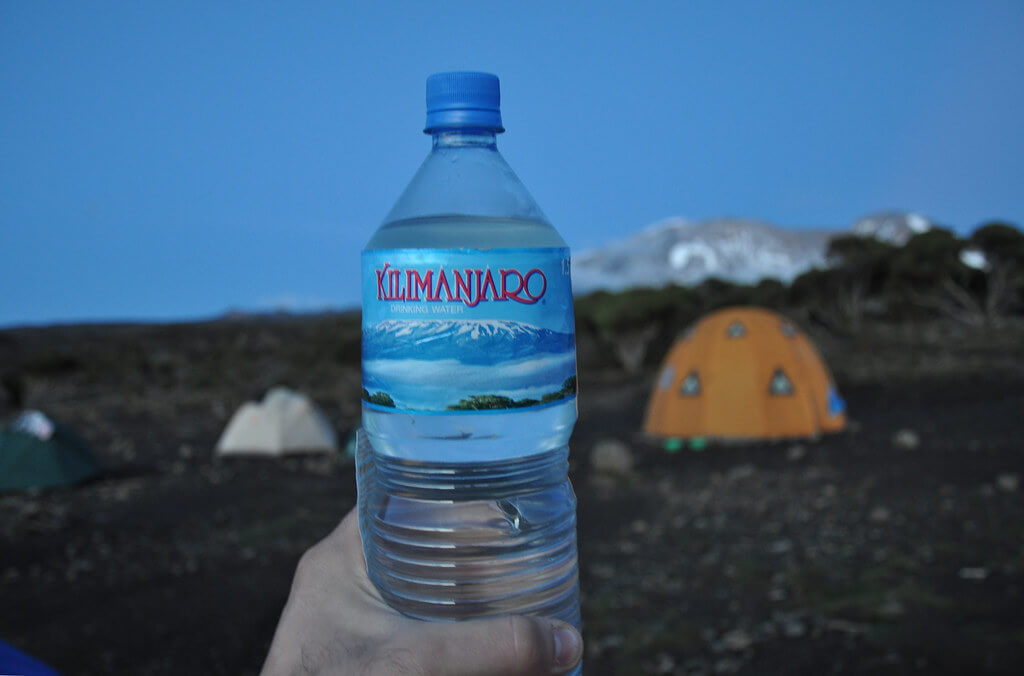
A headlamp is a must-have, especially for summit night, where early morning starts are common. Ensure it has adjustable brightness settings and carry extra batteries. Black Diamond and Petzl offer dependable options. A headlamp leaves your hands free, making it easier to navigate and manage gear in the dark.
High-energy snacks are vital for maintaining energy levels throughout the trek. Bring a variety of snacks, including trail mix, energy bars, dried fruit, and chocolate. These are quick and easy sources of calories, providing a much-needed boost. Remember, the higher you go, the less your appetite might be, so pack snacks that you find appealing and easy to consume.
For many, climbing Kilimanjaro is a once-in-a-lifetime experience, and capturing the journey is a priority. While professional camera equipment can be bulky, a compact, high-quality camera or a GoPro can suffice for stunning shots. Ensure your camera is weather-sealed to protect it from cold and moisture. Extra batteries are a must, as they drain faster in colder temperatures. A lightweight tripod can also be useful for steady shots, especially for capturing the stunning landscapes. Remember to carry a dry bag or a protective case for your gear.
Always carry a copy of your passport, visa, travel insurance, and other important documents. It’s advisable to keep the originals secure at your accommodation and carry the copies during the trek. In case of emergencies, having your documents accessible can expedite the process. A waterproof document holder can protect these items from the elements.
While your guides will help navigating the way, carrying a map or a guidebook can enhance your understanding of the trek. It’s a great way to familiarize yourself with the terrain, altitude points, and daily challenges. Guidebooks often provide historical and cultural insights, enriching your experience. The additional knowledge can also be a morale booster, keeping you motivated as you learn more about Mount Kilimanjaro.
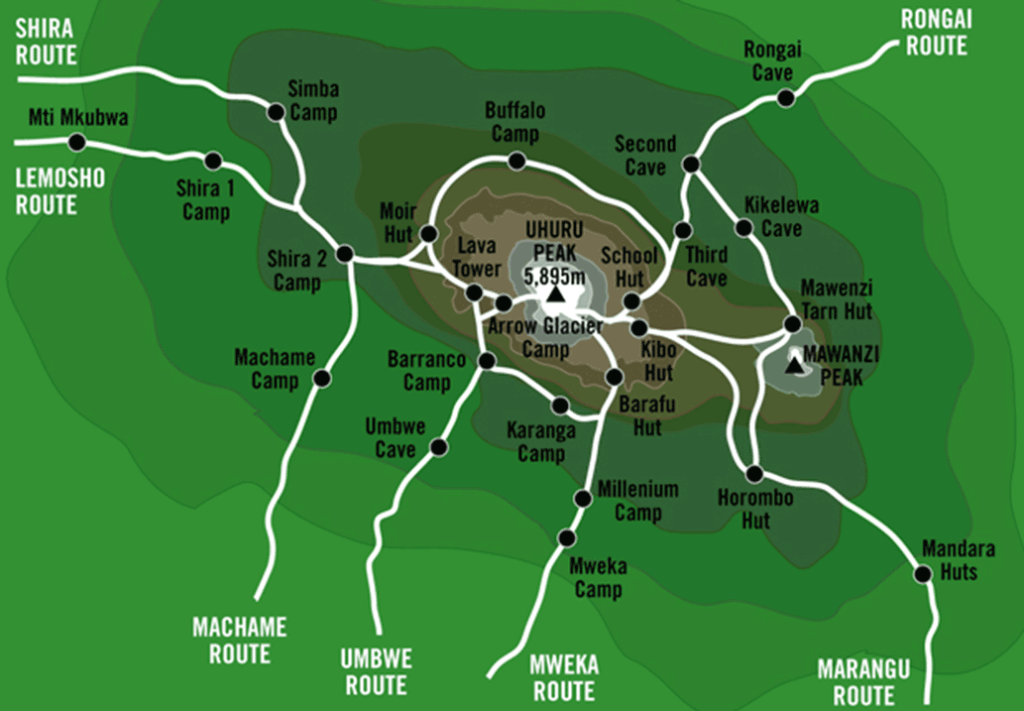
Carrying some cash is advisable for tipping guides, porters, and for small purchases along the way. While most expenses are covered in your trek package, tips are customary and much appreciated in Kilimanjaro. Keep your money secure in a money belt or a hidden pocket. It’s also useful to have small denominations for easier transactions.
A journal can be a wonderful companion during the trek, allowing you to document your thoughts, experiences, and reflections. It’s a personal memento that captures the emotions and challenges of the journey. Whether you jot down daily events or sketch the stunning scenery, a journal helps immortalize your Kilimanjaro Booking adventure.
With limited access to power on the mountain, a portable charger is crucial for keeping your devices powered. This is especially important if you’re using electronic devices like a camera or a GPS watch. Look for chargers with a high mAh rating, ensuring multiple charges. Solar chargers are also a sustainable option, though their efficiency depends on weather conditions.
A quick-drying towel is practical for freshening up, especially during longer treks. It’s lightweight and compact, making it easy to carry. Microfiber towels are an excellent choice, as they dry quickly and are highly absorbent. This small comfort item can make a big difference after a long day of trekking.
A well-stocked first aid kit is a non-negotiable item for your Kilimanjaro trek. While your Kilimanjaro Booking guides will carry a basic kit, having your personal set can be invaluable. Include items like band-aids, antiseptic wipes, blister treatment, pain relievers, and any personal medications. High-altitude trekking can be tough on the body, and minor injuries like blisters or scrapes are common.
Moleskin is excellent for preventing blisters, while anti-inflammatory drugs like ibuprofen can help manage altitude-induced headaches. Also, consider carrying an emergency blanket, which can provide warmth in case of sudden weather changes. Remember, it’s better to be over-prepared than under-prepared when it comes to health and safety.
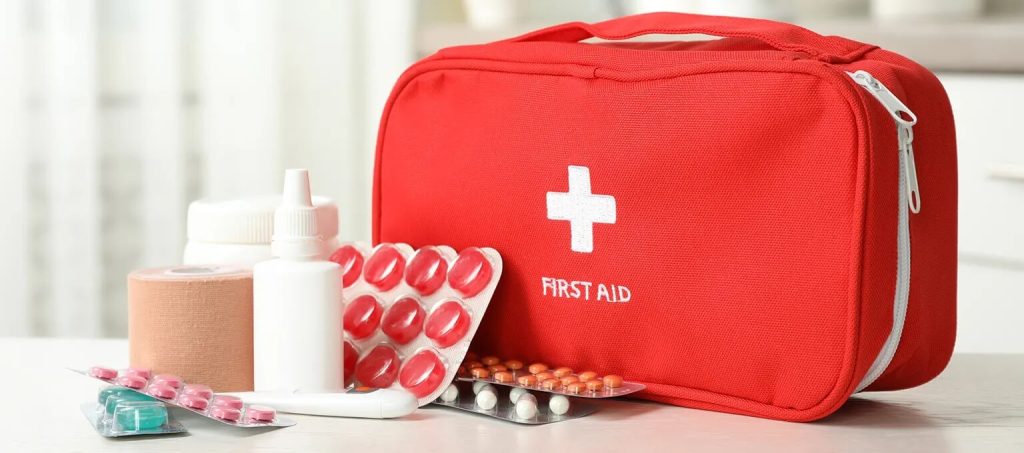
Staying hydrated is crucial, but clean water isn’t always guaranteed. Water purification tablets or a portable filter can be lifesavers, ensuring you have safe drinking water. Simply dropping a tablet into your water bottle can make it safe to drink in about 30 minutes. While we, at Kilimanjaro Booking provide enough clean water throughout the trekking period, this is especially important when refilling from streams or rivers, where water quality can be unpredictable. Brands like Aquatabs and Katadyn offer reliable options. In addition to tablets, consider bringing a collapsible water bottle for convenience and ease of packing.
Altitude sickness is a common concern on Kilimanjaro, affecting trekkers as they ascend. While gradual acclimatization and proper hydration are the best preventative measures, having medication like Diamox can help alleviate symptoms. It’s essential to consult your doctor before your trip to discuss whether altitude sickness medication is suitable for you. The medication can help reduce symptoms like headaches, nausea, and dizziness, allowing you to enjoy the trek more comfortably. However, remember that medication is not a cure-all, and paying attention to your body’s signals and following your guide’s advice is crucial.
While the higher altitudes of Kilimanjaro are generally free from insects, the lower elevations can be a different story. Insect repellent is essential, especially in areas where mosquitoes are prevalent. Choose a repellent with DEET for the most effective protection. This is particularly important when you’re at camp or trekking through forested areas. Malaria isn’t typically a risk at high altitudes, but it’s still wise to take precautions during your trek to and from the mountain. In addition to repellent, wearing long sleeves and pants in the evenings can provide extra protection.
The sun’s intensity increases with altitude, making sun protection crucial. A high-SPF sunscreen (at least SPF 30) is a must to protect your skin from UV rays. Apply it generously to all exposed skin, including your face, neck, and hands. Lip balm with SPF is also essential to prevent chapped lips. Even on cloudy days, UV rays can penetrate, so make sun protection a daily routine. A wide-brimmed hat and UV-protective clothing can offer additional defense against sunburn and heatstroke. Remember, the closer you are to the equator, the stronger the sun’s rays, making sun protection on Kilimanjaro even more critical.
A good pair of UV-protective sunglasses is essential to shield your eyes from harmful rays. Look for sunglasses with wraparound frames or side shields to provide full coverage. Polarized lenses can reduce glare and enhance visibility, making them a practical choice for summit day. Brands like Oakley and Julbo offer sunglasses specifically designed for mountaineering. Don’t underestimate the power of eye protection—it’s a small item that plays a big role in your comfort and safety.
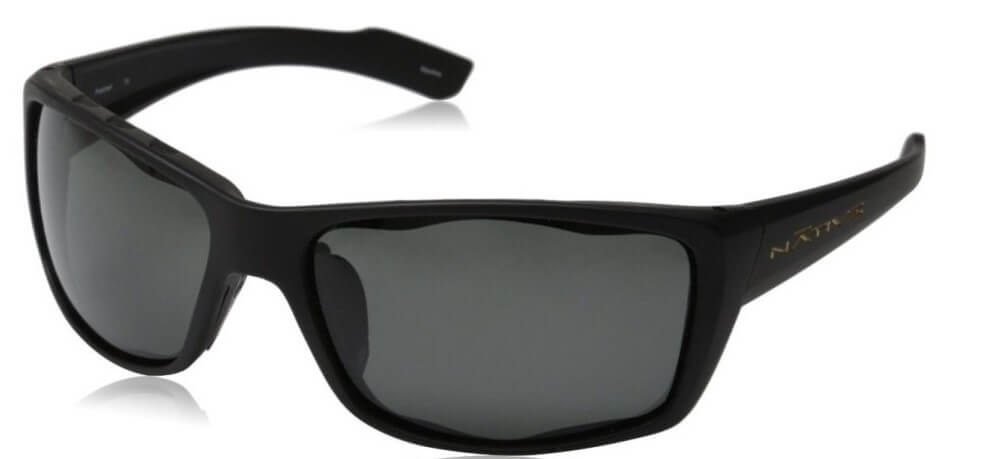
Pack a small bag of essential toiletries, including biodegradable soap, toothpaste, and a toothbrush. Wet wipes are invaluable for cleaning up when water is scarce, and hand sanitizer is a must for maintaining hygiene. Women may also want to bring feminine hygiene products.
Before setting foot on Kilimanjaro, securing comprehensive travel insurance is imperative. This insurance should cover high-altitude trekking and potential medical evacuations. While we all hope for a smooth journey, the unpredictable nature of high-altitude trekking means accidents or health issues can arise. Policies should also include coverage for trip cancellations or interruptions, lost baggage, and delays. Research your options thoroughly and choose a plan that offers comprehensive protection. Having this safety net provides peace of mind, allowing you to focus on the adventure ahead without worrying about potential mishaps.
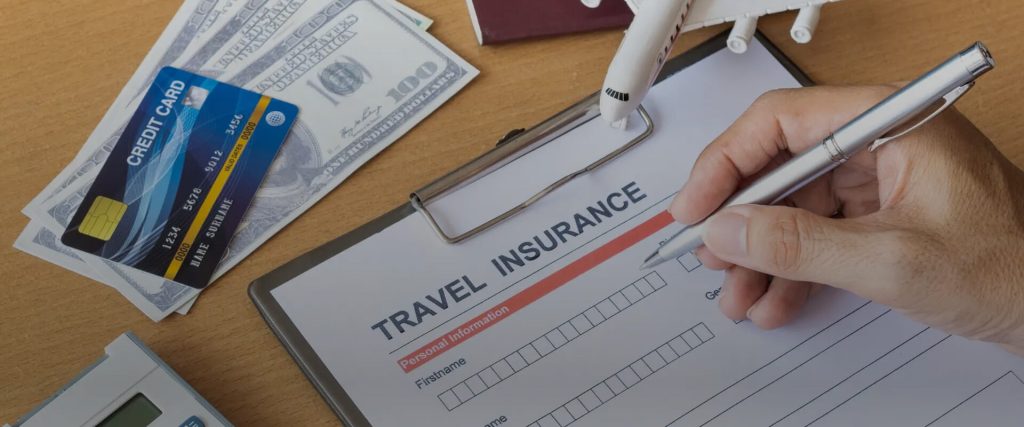
While most aspects of the trek are prepaid, carrying cash for tips and incidental expenses is a good idea. Tipping is a customary practice on Kilimanjaro, with guides, porters, and cooks typically expecting a gratuity for their hard work. The amount can vary, but as a general guideline, budget around $200-$300 for tips.
Small denominations are useful for easier transactions. Additionally, having cash on hand can be handy for purchasing souvenirs or snacks on the base camps or along the way. Secure your money in a money belt or a secure pocket to keep it safe during the trek.
Climbing Kilimanjaro is as much a mental challenge as a physical one. The trek will test your endurance, patience, and determination. Preparing mentally for the trek involves setting realistic expectations and understanding that there will be challenging moments. Whether it’s the slow pace, the lack of internet connectivity, or the physical strain, keeping a positive mindset is crucial.
Engage in mental exercises like visualization, where you imagine yourself reaching the summit. This can boost your confidence and motivation. Remember, you’re not alone; the camaraderie with fellow trekkers and the support of your Kilimanjaro Booking guides will help you overcome any obstacles.
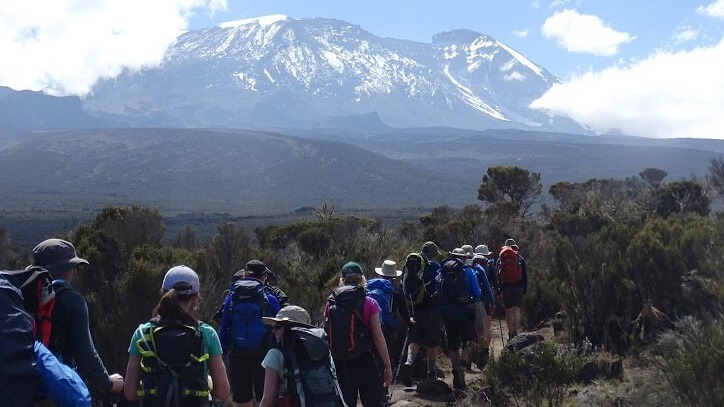
At Kilimanjaro Booking, we understand the importance of having high-quality gear for your trek while also recognizing the convenience of traveling light. We offer a comprehensive range of top-notch mountain gear available for hire at competitive rates. This is an excellent option for those who prefer to pack less and avoid the hassle of transporting bulky items.
To tailor your rental needs, we encourage you to contact us to discuss the specific gear you’ll require and to receive a customized price quote. Our knowledgeable staff can help you select the best options based on the season, route, and your personal preferences. By hiring gear from Kilimanjaro Booking, you can focus on enjoying your adventure, knowing you’re fully equipped with the right gear for the adventure.
Remember, while physical preparation and the right gear are essential, maintaining a positive mindset and embracing the journey are equally important. The trek is more than just a physical challenge; it’s an opportunity for personal growth and a unique way to connect with nature. Whether you’re a seasoned trekker or a first-time adventurer, the experience of climbing Kilimanjaro will leave you with unforgettable memories and a sense of accomplishment.
We look forward to being part of your Kilimanjaro adventure and supporting you every step of the way. For more information on gear, trek planning, or to book your adventure, browse through our website or contact our team. Let’s make your Kilimanjaro dream a reality!

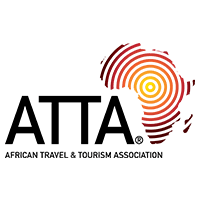
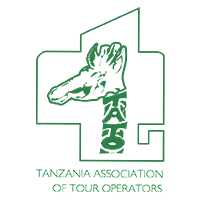
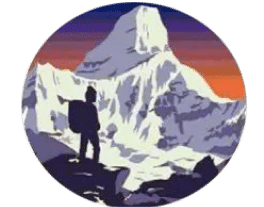
Tailor Made your Trekking

2024/2025 >> Click Here

